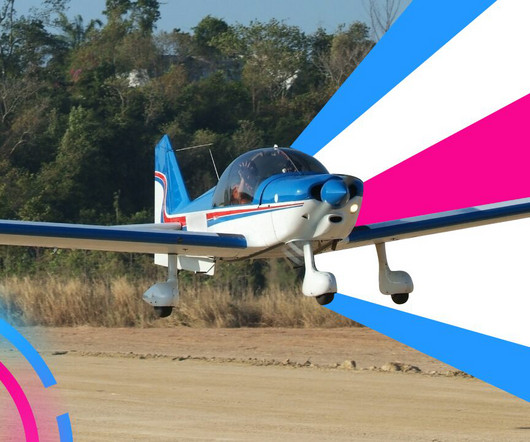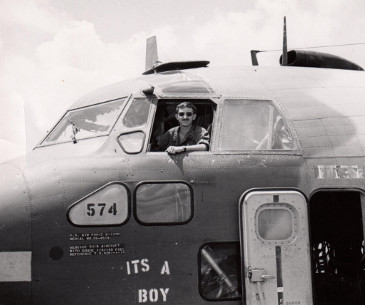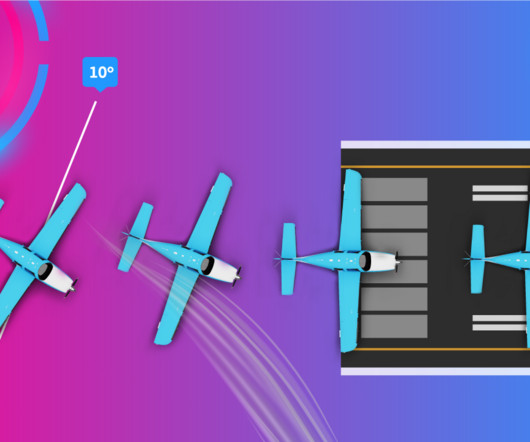The No Longer Invisible Angle of Attack: AOA Indicators
Learn to Fly
JULY 11, 2024
This happens regardless of weight, bank angle, temperature, density altitude, or center of gravity. An airplane’s energy state uses the balance between airspeed, altitude, drag, and thrust to represent how efficiently the airfoil is operating. Will you be attending EAA AirVenture this year?



















Let's personalize your content